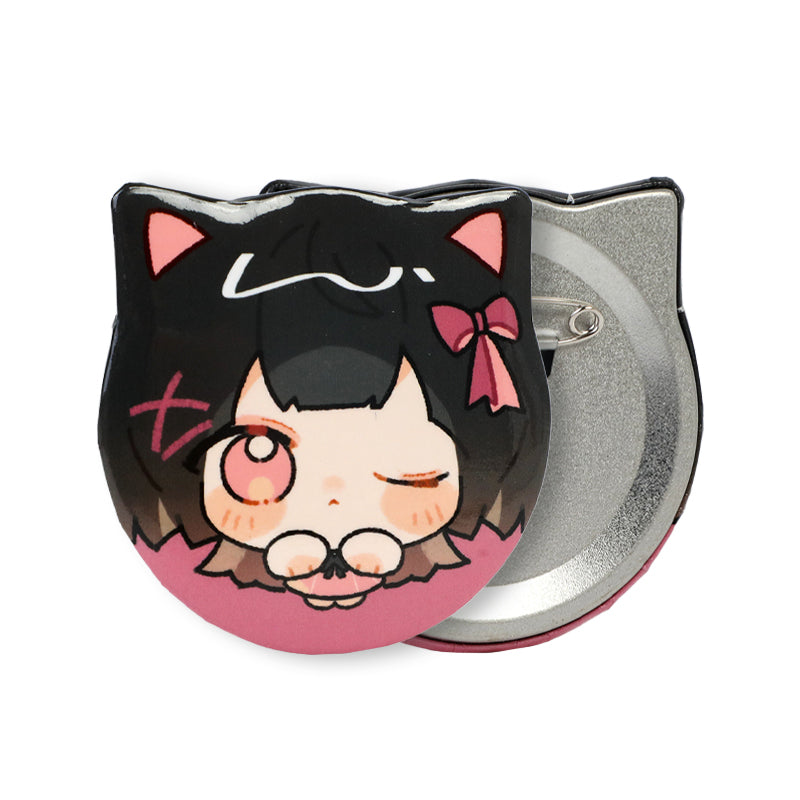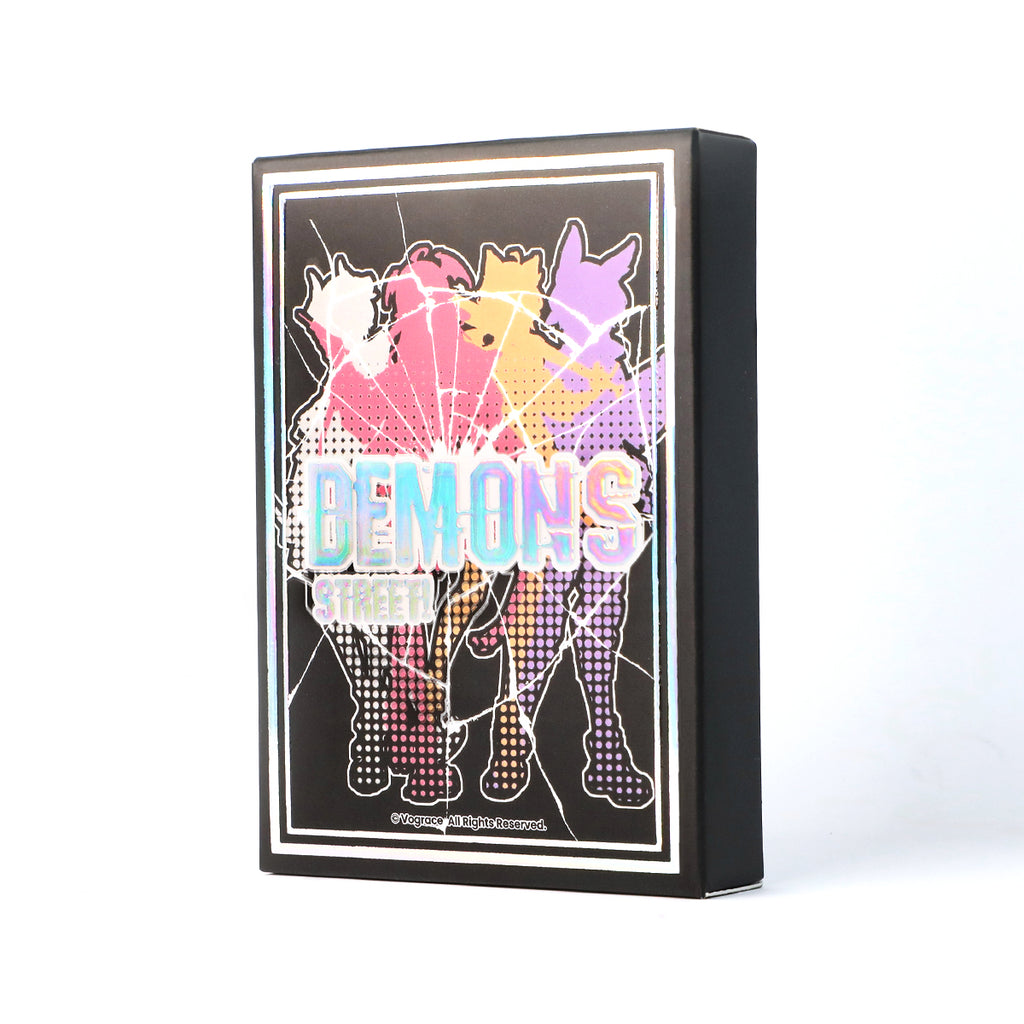Umfassender Leitfaden zum Drucken von Postern: Von der Gestaltung bis zum Endprodukt
Digitale Designs in die reale Welt zu bringen, kann voller Tücken und Schwierigkeiten sein. Wir sind so an die digitale Welt gewöhnt, dass einige von uns vergessen haben, wie man unsere Arbeiten für den Druck vorbereitet. Dieser Leitfaden zum Plakatdruck ist hier, um zu helfen.
Wenn Sie darüber nachdenken, eine Reihe von Plakatdesigns für eine Kampagne, Party oder Veranstaltung (oder einfach nur, um Ihre eigenen Wände zu schmücken) zu drucken, hier ist ein Leitfaden, wie Sie Ihre Arbeiten drucken können. Befolgen Sie unsere Tipps und Sie werden bald mit Vertrauen Plakate drucken – und Sie müssen sich nicht mehr um den Typen im Druckladen kümmern, der über Sie lacht...
1. Entwerfen Sie im richtigen Farbmodus
2. Auflösung zählt: Streben Sie 300 DPI an
Die Auflösung hat direkten Einfluss auf die Klarheit und Detailgenauigkeit Ihres gedruckten Posters. Eine Standardauflösung für hochwertige Drucke beträgt 300 DPI (Punkte pro Zoll). Dies stellt sicher, dass die Bilder scharf und detailliert bleiben, selbst wenn das Poster aus der Nähe betrachtet wird. Bilder mit niedriger Auflösung können verschwommen oder pixelig erscheinen, wenn sie vergrößert werden, weshalb es wichtig ist, die Auflösung von Anfang an richtig einzustellen, um ein professionelles Aussehen zu gewährleisten.
3. Im richtigen Dateiformat speichern
Die Wahl des richtigen Dateiformats ist entscheidend, wenn Sie ein Design für den Druck vorbereiten. PDF-Dateien werden oft wegen ihrer Vielseitigkeit und der Fähigkeit, die Integrität des Designs, einschließlich Schriftarten und Grafiken, zu bewahren, bevorzugt. Darüber hinaus sind hochauflösende TIFF-Dateien eine großartige Wahl für Bilder, da sie die Qualität ohne Kompression beibehalten. Während JPEGs verwendet werden können, sind sie anfälliger für Kompression und können an Qualität verlieren, weshalb es am besten ist, sie zu vermeiden, es sei denn, es ist absolut notwendig.
4. Fügen Sie Beschnittzugaben und Schnittmarken für perfektes Schneiden hinzu
Beschnittzugaben stellen sicher, dass Bilder oder Hintergründe nach dem Zuschneiden bis zum Rand Ihres Posters reichen. Dies verhindert unerwünschte weiße Kanten. Ein Standardbeschnitt beträgt etwa 3 mm, aber es ist ratsam, dies mit Ihrem Drucker zu bestätigen. Das Einfügen von Schnittmarken in Ihre Design-Datei hilft Druckern zu wissen, wo sie zuschneiden sollen, um sicherzustellen, dass der endgültige Schnitt präzise ist. Diese Markierungen sind besonders wichtig für Designs mit einem Rand oder Vollbeschnitt-Bildern.
5. Papierwahl: Dicke, Finish und Qualität
Die Art des Papiers, das Sie wählen, kann das Aussehen und das Gefühl Ihres Posters drastisch beeinflussen. Das Papiergewicht wird in GSM (Gramm pro Quadratmeter) gemessen; höheres GSM bedeutet dickeres, haltbareres Papier. Für Poster bietet ein Bereich von 200-300 GSM ein stabiles Gefühl. Die Finish-Optionen sind:
- Glänzend: Verbessert die Farben und macht sie lebendiger. Ideal für bildreiche Designs.
- Matt: Bietet ein nicht reflektierendes Finish, das besser für textlastige oder minimalistische Designs geeignet ist.
- Satin: Bietet ein Gleichgewicht zwischen glänzend und matt und liefert eine leicht glatte Textur ohne zu viel Glanz.
- Berücksichtigen Sie die Umgebung, in der Ihr Poster angezeigt wird, wenn Sie das Finish wählen.
6.Druckmethoden: Digital vs. Lithografisch
Das Verständnis der Unterschiede zwischen digitalem und lithografischem (Litho) Druck kann Ihnen helfen zu entscheiden, welche Methode Ihren Bedürfnissen entspricht:
- Digitaldruck: Diese Methode ist ideal für kleinere Druckauflagen aufgrund ihrer Erschwinglichkeit und schnellen Bearbeitungszeit. Digitaldruck erfordert nicht die Einrichtungszeit, die Litho benötigt, was ihn perfekt für Projekte mit knappen Fristen oder kleineren Mengen macht.
- Lithografischer Druck: Dieser Prozess beinhaltet die Erstellung von Platten für jede Farbe, was zu präzisen und konsistenten Farben führt, insbesondere bei großen Druckauflagen. Während die anfängliche Einrichtung zeitaufwändiger ist, bietet Litho-Druck hochwertige Ergebnisse, die sich für größere Mengen kostenwirksam gestalten.
7.Proofing: Ein entscheidender Schritt vor dem Massendruck
Das Bestellen eines Proofs oder eines Musterdrucks ermöglicht es Ihnen zu sehen, wie Ihr Poster aussehen wird, bevor Sie mit der gesamten Auflage fortfahren. Dieser Schritt kann Probleme mit Farben, Auflösung oder Ausrichtung aufdecken, die auf einem Bildschirm möglicherweise nicht offensichtlich sind. Die Überprüfung eines physischen Proofs stellt auch sicher, dass der Text klar ist und die Farben wie erwartet erscheinen. Es ist eine wichtige Gelegenheit, Anpassungen vorzunehmen, ohne das Risiko einzugehen, Ressourcen für ein fehlerhaftes Endprodukt zu verschwenden.
8.Verleihen Sie Ihrem Poster mit speziellen Finishes einen besonderen Look
Das Hinzufügen spezieller Finishes kann Ihrem Poster ein einzigartiges Aussehen und eine besondere Textur verleihen. Optionen wie Spot-UV-Beschichtung, Prägung oder Folienstempeln können bestimmte Bereiche Ihres Designs hervorheben. Diese Finishes fügen ein taktiles Element hinzu, das Aufmerksamkeit erregen kann, insbesondere in wettbewerbsintensiven Umgebungen wie Messen oder Einzelhandelspräsentationen. Obwohl sie die Kosten erhöhen können, können spezielle Finishes die gesamte Präsentation Ihres Designs aufwerten und einen bleibenden Eindruck hinterlassen.
9.Umweltfreundliche Druckoptionen
Nachhaltigkeit wird für viele Designer und Unternehmen zu einer Priorität. Die Verwendung von recyceltem Papier oder die Zusammenarbeit mit Druckdienstleistern, die umweltfreundliche Tinten anbieten, wie z.B. auf Sojabasis, kann die Umweltbelastung Ihres Projekts minimieren. Viele Drucker bieten mittlerweile Optionen für biologisch abbaubare oder recycelbare Materialien an, um Abfall zu reduzieren, ohne die Qualität zu beeinträchtigen. Ziehen Sie in Betracht, einen Druckpartner auszuwählen, der mit Ihren Nachhaltigkeitszielen übereinstimmt, um ein umweltfreundlicheres Projekt zu realisieren.
10.Den richtigen Druckpartner wählen
Einen seriösen Druckservice zu finden, ist der Schlüssel zu den besten Ergebnissen. Suchen Sie nach Druckereien mit Erfahrung im Plakatdruck und einem Portfolio, das ihre Fähigkeiten zeigt. Fragen Sie nach Mustern, um die Druckqualität zu beurteilen, und überprüfen Sie Online-Bewertungen, um die Kundenzufriedenheit einzuschätzen. Egal, ob Sie sich für eine lokale Druckerei oder einen Online-Service entscheiden, eine klare Kommunikation über Ihre Bedürfnisse—einschließlich Lieferzeit, Budget und besondere Anforderungen—wird einen reibungsloseren Prozess gewährleisten.
11.Vorbereitung Ihres Designs für den Großformatdruck
Beim Erstellen eines Designs für ein Großformatplakat können bestimmte Anpassungen sicherstellen, dass der endgültige Druck klar und scharf aussieht. Das Skalieren Ihres Designs im Verhältnis zur endgültigen Größe hilft, die Qualität beim Vergrößern zu erhalten. Vektorgrafiken, wie Logos oder Illustrationen, sind ideal zum Skalieren, ohne Details zu verlieren. Für bildlastige Plakate stellen Sie sicher, dass Ihre Dateien groß genug sind, um ohne Pixelierung vergrößert zu werden. Diese Faktoren im Auge zu behalten, hilft Ihnen, beeindruckende Großformatdrucke zu produzieren.
12.Endgültige Qualitätsprüfungen vor dem Druck
Bevor Sie Ihre Dateien an die Druckerei senden, führen Sie eine letzte Qualitätsprüfung durch. Überprüfen Sie, ob Schriften eingebettet oder umrandet sind, Bilder korrekt verlinkt sind und die Auflösung auf 300 DPI eingestellt ist. Stellen Sie sicher, dass es keine überflüssigen Ebenen oder Elemente gibt, die den Drucker verwirren könnten, und überprüfen Sie die Abmessungen, den Anschnitt und die Sicherheitsränder. Diese gründliche Überprüfung kann Zeit sparen und Fehler vermeiden, sodass das Endprodukt Ihren Erwartungen entspricht.
13. Holen Sie sich Ihre Schwarztöne richtig
Fazit: Ihr Design von Digital zu Druck heben
Ein digitales Design in ein wunderschön gedrucktes Plakat zu verwandeln, erfordert mehr als nur technisches Know-how; es erfordert Aufmerksamkeit für Details und eine klare Vision des Endergebnisses. Indem Sie diese Schritte befolgen, können Sie sicherstellen, dass die Farben, die Klarheit und die gesamte Präsentation Ihres Plakats den hohen Standards entsprechen, die Sie anstreben. Mit einem durchdachten Ansatz für jede Phase—vom Design bis zum Druck—werden Sie in der Lage sein, ein Plakat zu erstellen, das Ihre Botschaft effektiv kommuniziert und in jedem Umfeld hervorsticht.
































